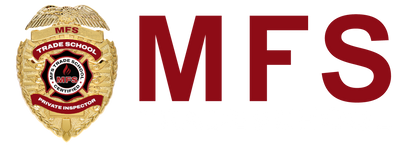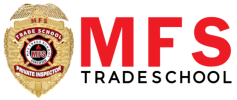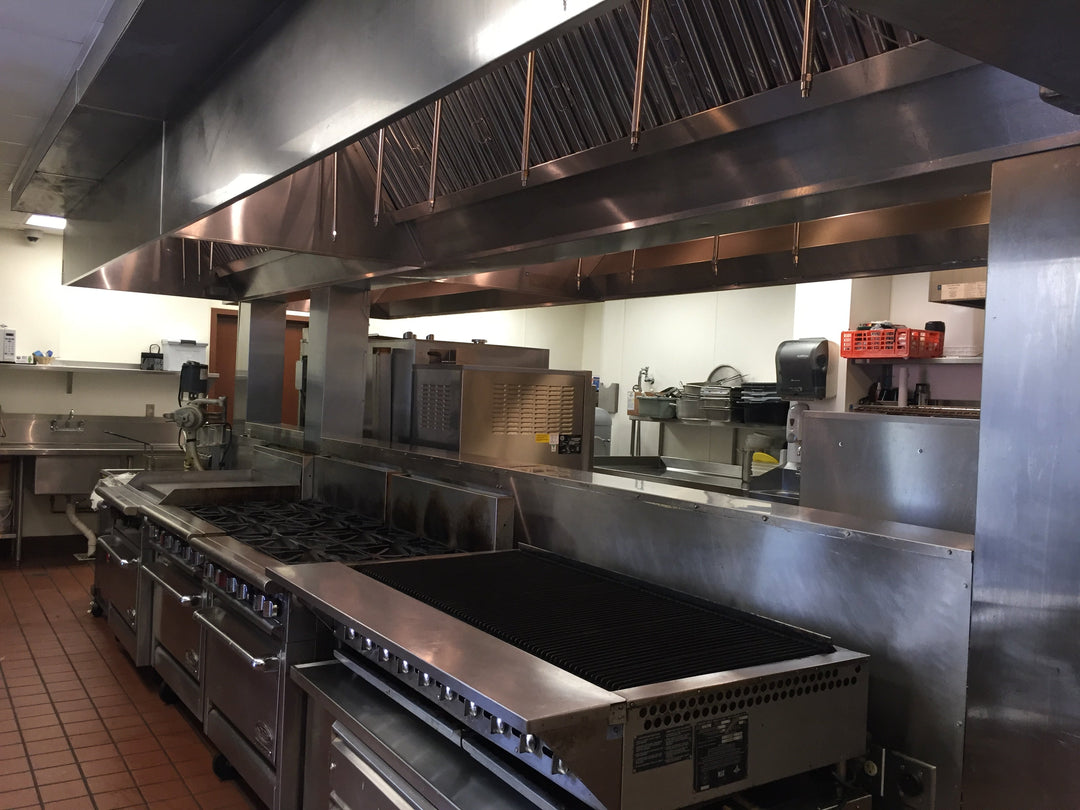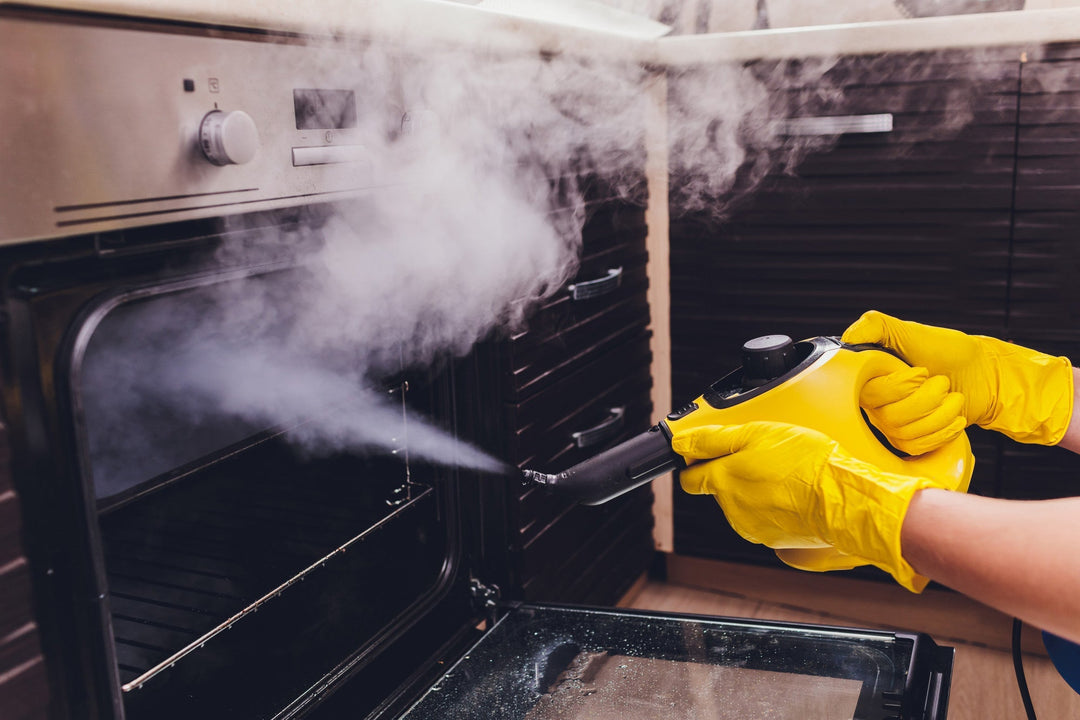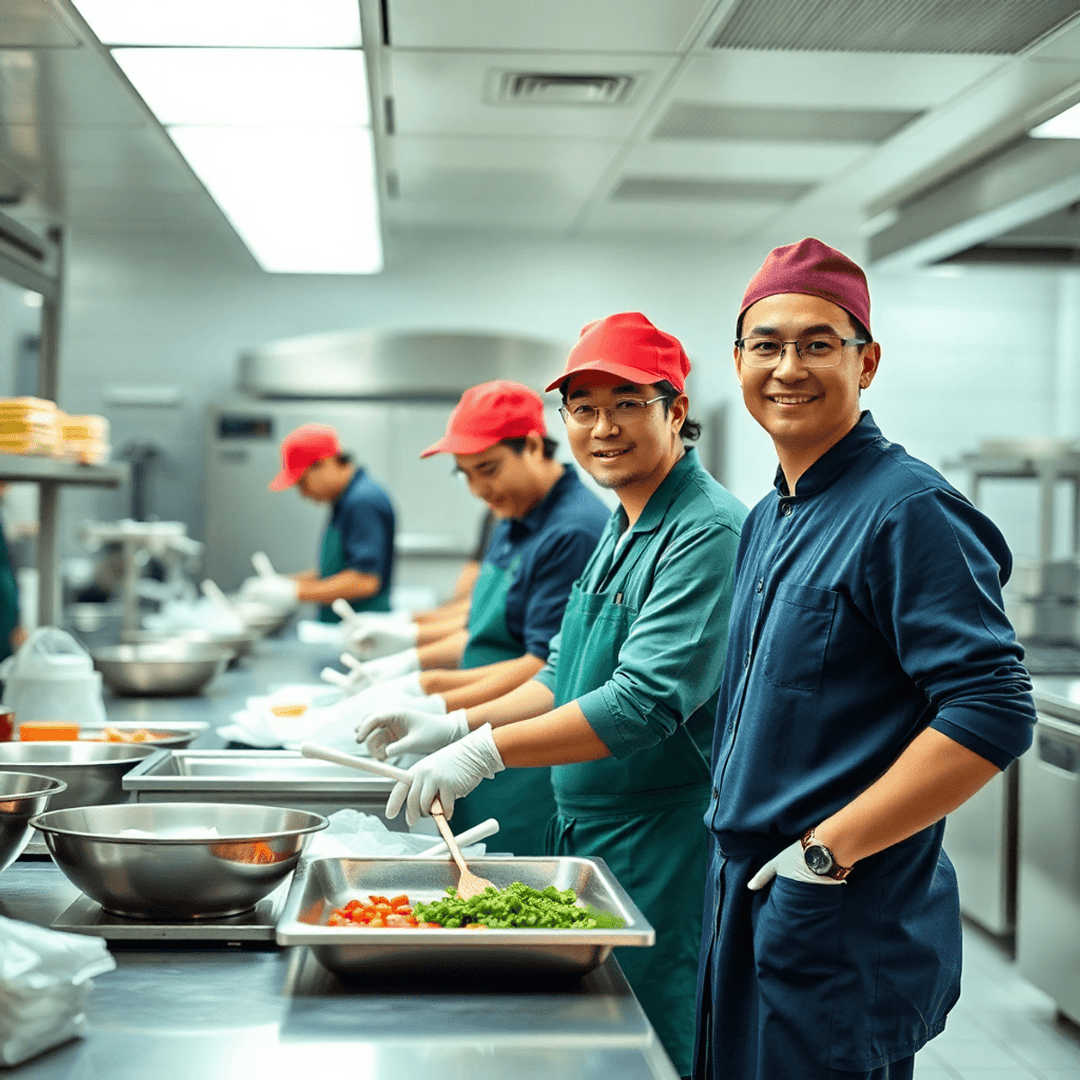Upgrade Your Kitchen with Emerging Hood-Tech: UV Filters and Self-Cleaning Hoods

Kitchen hoods have been a staple in both residential and commercial kitchens for decades. These traditional ventilation systems serve a basic yet crucial purpose: removing cooking fumes, grease particles, and odors from your kitchen space. A standard kitchen hood typically consists of a canopy, filters, and an exhaust fan working together to maintain air quality.
The landscape of kitchen ventilation is transforming with groundbreaking technologies that address long-standing challenges in kitchen exhaust systems. Modern kitchens demand more than just basic ventilation - they require solutions that enhance safety, reduce maintenance costs, and improve overall kitchen efficiency.
The New Era of Kitchen Ventilation
Enter the new era of hood-tech innovations:
- UV Filter Systems: Advanced technology that breaks down grease molecules and eliminates harmful bacteria
- Self-Cleaning Mechanisms: Automated solutions that minimize manual maintenance requirements
- Smart Sensors: Intelligent components that optimize system performance and energy usage
These emerging technologies bring significant advantages to both commercial and home kitchens:
- Reduced fire hazards through better grease management
- Lower maintenance costs and labor requirements
- Enhanced air quality and hygiene standards
- Improved energy efficiency
- Extended equipment lifespan
The Importance of Maintenance
However, it's important to note that proper maintenance is key to maximizing the lifespan and efficiency of these advanced kitchen hoods. Some common misconceptions about kitchen hood cleaning can lead to improper care and reduced functionality.
Moreover, while these technological advancements greatly reduce manual maintenance requirements, they don't eliminate them entirely. This is where tools like the MFS Electrostatic Misting Fogger come into play. This versatile device not only simplifies cleaning but also ensures thorough sanitation of your kitchen environment by reaching every nook and cranny.
Bridging the Skills Gap
In addition to embracing modern technology, it's equally important to bridge the skills gap in the culinary field. Trade schools are playing a vital role in this aspect by providing training programs and hands-on experiences that empower individuals for future success in the industry.
The integration of these advanced features marks a significant shift from traditional ventilation methods, creating safer, cleaner, and more efficient kitchen environments. Whether you run a busy restaurant kitchen or cook regularly at home, these technological advancements offer practical solutions to age-old ventilation challenges.
Understanding Kitchen Hood Technologies
Kitchen exhaust hoods are your first line of defense against cooking-related air pollutants. These essential appliances perform three critical functions in your kitchen:
- Heat extraction: Removes hot air generated during cooking
- Smoke elimination: Captures and filters smoke particles
- Grease collection: Traps airborne grease particles
Components of a Standard Kitchen Hood Vent System
A standard kitchen hood vent system consists of:
- Collection hood: The visible component that hangs above your cooking surface
- Filters: Removable barriers that trap grease and particles
- Exhaust fan: Motor-driven component that creates necessary airflow
- Ductwork: Channels that direct contaminated air outside
Challenges Faced by Traditional Exhaust Hood Systems
Traditional exhaust hood systems face several persistent challenges that impact their effectiveness:
- Grease accumulation
- Builds up on filters, reducing efficiency
- Creates fire hazards when not properly maintained
- Requires frequent manual cleaning which can be addressed by investing in a Gold Package Kitchen Exhaust Hood Cleaning or a Silver Package Exhaust Hood Cleaning.
- Ventilation issues
- Inadequate airflow leads to smoke dispersion
- Poor capture efficiency allows contaminants to escape
- Inconsistent performance during heavy cooking periods
- Maintenance demands
- Regular filter cleaning and replacement
- Ductwork inspection and cleaning
- Fan motor servicing

Importance of Proper Kitchen Ventilation
Proper kitchen ventilation through exhaust hoods directly impacts:
- Air quality: Removes cooking fumes, smoke, and airborne particles
- Temperature control: Maintains comfortable cooking environment
- Food safety: Prevents cross-contamination from airborne grease, which can be mitigated with proper cooking oil filtration
- Equipment longevity: Protects kitchen appliances from grease damage
- Fire prevention: Reduces risk of grease-related fires
The limitations of traditional kitchen hood vents highlight the need for advanced solutions that can address these persistent challenges while maintaining optimal kitchen safety and hygiene standards. For instance, implementing essential seasonal maintenance tips for kitchen exhaust systems can keep them running efficiently and safely year-round.
Moreover, understanding the commercial kitchen ventilation requirements is crucial for ensuring compliance with safety regulations. This comprehensive guide can provide valuable insights into the necessary standards and practices for maintaining effective ventilation in a commercial kitchen setting.
In addition, it's important to recognize the importance of kitchen ventilation in preserving indoor air quality and overall health. This resource delves deeper into how proper ventilation
1. UV Filters in Kitchen Hood Systems
UV filter technology represents a significant advancement in kitchen hood systems, utilizing UVC germicidal lamps to create a cleaner, safer cooking environment. These specialized lamps operate at wavelengths between 200-280 nanometers, targeting harmful microorganisms with precision.
The Science Behind UV Filtration
UVC germicidal lamps work through a sophisticated process:
- Air Purification: UV rays penetrate bacterial cell walls and disrupt DNA structures
- Surface Sterilization: Direct UV exposure eliminates surface-dwelling pathogens
- Water Treatment: UV light sanitizes cleaning water used in hood systems
The photolysis process creates a powerful cleaning reaction:
- UV photons split oxygen molecules
- Free oxygen atoms combine to form ozone (O₃)
- Ozone triggers ozonolysis reaction
- Grease compounds break down into CO₂ and H₂O
Strategic Placement for Maximum Impact
The positioning of UVC lamps plays a crucial role in system effectiveness:
- Primary location: Inside hood exhaust plenum
- Secondary placement: Throughout ductwork
- Strategic spacing: Every 4-6 feet along exhaust paths
- Protected mounting: Shock-resistant housings
Advanced Benefits of UV Hood Systems
UV filtration systems deliver multiple advantages beyond basic cleaning:
Fire Safety Enhancements
- Reduced grease accumulation in ducts
- Lower flash point risks
- Continuous grease breakdown
- 24/7 fire prevention
For effective fire prevention, regular kitchen exhaust hood cleaning is essential. This not only helps maintain the efficiency of the UV filters but also ensures compliance with safety regulations.
Odor Control Capabilities
- Molecular breakdown of odor-causing compounds
- Elimination of cooking smells
- Reduced neighborhood complaints
- Fresh kitchen environment
When it comes to controlling odors, the integration of UV filtration with proper kitchen exhaust hood cleaning can yield remarkable results.
Energy Efficiency Features
- Cleaner heat exchange surfaces
- Improved thermal transfer
- Reduced HVAC strain
- Lower operating costs
Smart Safety Integration
Modern UV hood systems include built-in safety features:
- Automatic shut-off when access panels open
- Airflow sensors prevent operation during fan failure
- LED indicators show system status
- Remote monitoring capabilities
These systems maintain optimal performance through integrated sensors that adjust UV intensity based on cooking volume and grease production levels.
For those interested in pursuing a career in maintaining such advanced kitchen systems, comprehensive training programs are available at institutions like MFS Trade School. With a focus on practical skills and industry standards, these programs prepare individuals for successful careers in kitchen maintenance and cleaning.
2. Self-Cleaning Kitchen Hoods
Self-cleaning kitchen hoods are a game-changing innovation in commercial kitchen ventilation technology. These systems use advanced automation to address one of the most difficult aspects of kitchen upkeep: cleaning the hood.

Advanced Automated Cleaning Systems
Modern self-cleaning hoods use two main technologies:
- UV Light Integration: Self-cleaning UV light hoods combine ultraviolet technology with smart sensors for optimal cleaning performance. These systems feature:
- Extractor positioning switches
- Pressure monitoring devices
- Automated activation controls
- Real-time performance tracking
- Water Wash Systems: These innovative systems automatically clean grease filters during off-hours, maintaining consistent hygiene standards:
- Programmable cleaning cycles
- Built-in detergent dispensers
- Hot water spray mechanisms
- Automated drainage systems
For more information on how such automated systems transform kitchen hood maintenance from a labor-intensive manual process into an efficient operation, check out this case study on effective kitchen hood cleaning strategies that also highlights fire prevention.
Smart Sensor Technology
Self-cleaning hoods utilize advanced sensor networks to maintain safe and efficient operation:
- Airflow monitors ensure proper ventilation
- Temperature sensors prevent system overheating
- Grease accumulation detectors trigger cleaning cycles
- Position sensors confirm filter placement
- Safety switches prevent operation during maintenance
Commercial Kitchen Benefits
The implementation of self-cleaning hood systems delivers substantial advantages for commercial kitchen operations:
1. Labor Cost Reduction
- Eliminates manual filter removal
- Reduces cleaning staff requirements
- Minimizes maintenance downtime
- Automates documentation processes
2. Enhanced Hygiene Standards
- Consistent cleaning performance
- Elimination of human error
- Standardized cleaning protocols
- Continuous grease management
Regular kitchen exhaust cleaning not only improves health ratings but also keeps your kitchen compliant with health department standards.
3. Operational Efficiency
- 24/7 automated monitoring
- Reduced equipment downtime
- Extended filter life
- Decreased maintenance frequency
System Components
Self-cleaning hood systems integrate multiple components for comprehensive cleaning:
- Spray manifolds for even water distribution
- Collection troughs for waste capture
- Automated drainage systems
- Chemical injection points
- Control panels with digital interfaces
- Remote monitoring capabilities
These automated systems transform kitchen hood maintenance into an efficient, automated operation. The technology ensures consistent cleaning performance while reducing operational costs and improving overall kitchen hygiene.
Comparative Analysis: Traditional vs Emerging Hood Technologies
Challenges with Traditional Kitchen Hood Cleaning
Traditional kitchen hood cleaning methods present significant operational challenges for commercial kitchens. Manual cleaning requires staff to dismantle hood components, scrub surfaces, and reassemble the system - a process that can take 4-6 hours per cleaning session. This time-intensive task often results in:
- Inconsistent cleaning results due to human error
- Hard-to-reach areas remaining untreated
- Physical strain on cleaning staff
- Kitchen downtime during maintenance
- Higher labor costs
Cost Analysis of Traditional Cleaning:
- Average cleaning service: $400-600 per session
- Required frequency: Every 3-4 months
- Annual cost: $1,600-2,400
- Additional costs from kitchen downtime
These challenges highlight the importance of exploring alternative solutions such as mentorship programs that could potentially accelerate your cleaning business growth by providing valuable insights and strategies.
Advantages of Modern Hood Technologies
Modern hood technologies transform these maintenance dynamics. Self-cleaning hoods with UV filtration systems deliver:
Automated Maintenance Benefits:
- Daily self-cleaning cycles during off-hours
- Continuous grease breakdown through UV technology
- 75% reduction in manual cleaning requirements
- Minimal kitchen disruption
- Consistent cleaning quality
Investment Returns:
- Initial system cost: $5,000-8,000
- Annual maintenance savings: $1,000-1,500
- Extended equipment lifespan
- Reduced fire insurance premiums
- Energy efficiency improvements
The integration of UV filters adds extra value through:
- Elimination of airborne pathogens
- Reduced odor complaints
- Lower ductwork maintenance needs
- Enhanced fire safety measures
While emerging hood technologies require higher upfront investment, the long-term benefits create substantial value. Commercial kitchens typically recover installation costs within 2-3 years through reduced maintenance expenses, improved safety ratings, and increased operational efficiency.
Implementing Emerging Hood-Tech in Your Kitchen Setup
Upgrading your kitchen ventilation system requires careful planning and assessment of your existing infrastructure. Here's what you need to consider before installing UV filters or self-cleaning hood systems:
Space Assessment and Infrastructure Requirements
- Minimum ceiling height of 8 feet for proper hood installation
- Additional vertical clearance (12-18 inches) for UV lamp housing
- Adequate electrical capacity to support new technology components
- Proper ductwork dimensions and configuration
- Access points for maintenance and servicing
Pre-Installation Checklist
- Professional inspection of current ventilation system
- Structural assessment of ceiling and wall supports
- Verification of electrical system compatibility
- Review of local building codes and regulations
- Documentation of existing airflow patterns
Installation Considerations
- Strategic placement of UV lamps for maximum effectiveness
- Integration of control panels and monitoring systems
- Proper sealing of ductwork connections
- Installation of safety switches and sensors
- Configuration of automated cleaning cycles
Maintenance Requirements
Maintaining the efficiency of your hood systems is crucial. This includes:
- Monthly inspection of UV lamp functionality
- Quarterly calibration of airflow sensors
- Regular cleaning of components not covered by automation, such as:
- External hood surfaces, which can be maintained with effective hood degreaser
- Control panels
- Air intake areas
- Replacement schedule for UV lamps (typically every 12-18 months)
- Documentation of maintenance activities
For businesses, it's essential to ensure thorough cleaning routines, potentially leading to an opportunity in the hood cleaning business that offers a stable and lucrative venture with consistent demand driven by regulatory requirements.
System Monitoring
Monitoring the system post-installation is equally important. This includes:
- Daily checks of control panel indicators
- Weekly verification of cleaning cycle completion
- Monthly testing of safety interlocks
- Regular monitoring of energy consumption
- Tracking of system performance metrics
Your kitchen's specific requirements will determine the complexity of the installation process. Professional installers should conduct a thorough site survey to identify potential challenges and develop appropriate solutions for your unique setup.
Moreover, considering the recent health concerns, incorporating [virus disinfecting services](https://mfstradeschool.com/collections/virus-disinfecting) into your kitchen setup could further enhance safety by protecting your space from pathogens with thorough and efficient solutions.
Real-world Applications: Case Studies on Effectiveness of Emerging Hood-Tech
Let's examine real-world success stories of commercial kitchens that have embraced emerging hood technologies:
Case Study 1: Fine Dining Restaurant in Chicago
A high-end restaurant implemented UV filter technology in 2021, reporting:
- 75% reduction in manual hood cleaning requirements
- 60% decrease in grease accumulation
- $12,000 annual savings in maintenance costs
- Significant improvement in kitchen air quality
Case Study 2: Hotel Chain Kitchen Operations
A major hotel chain installed self-cleaning hoods across 15 locations:
- Labor costs reduced by 40% due to automated cleaning
- Fire insurance premiums decreased by 15%
- Staff reported improved working conditions
- ROI achieved within 18 months
Case Study 3: Fast-Food Restaurant Network
A regional fast-food chain upgraded 50 locations with combined UV and self-cleaning systems:
- 80% reduction in grease-related maintenance calls
- Energy efficiency improved by 25%
- Kitchen temperature decreased by 4°F on average
- $8,000 average annual savings per location
Case Study 4: University Dining Hall
A large university cafeteria installed UV filter technology:
"The UV system has transformed our kitchen operations. We've seen a 90% reduction in odor complaints and our maintenance team now focuses on other priorities." - Head of Facilities Management
Measurable Improvements Across Industries
Data collected from multiple installations shows:
- Average ROI period: 12-24 months
- Maintenance cost reduction: 50-70%
- Grease accumulation decrease: 65-85%
- Staff satisfaction increase: 45%
- Energy efficiency improvement: 20-30%
These real-world applications demonstrate the practical benefits of emerging hood technologies across different commercial kitchen environments.
To maintain these advanced hood systems, it's crucial to have effective cleaning solutions. For instance, MFS Trade School offers an all-purpose cleaner that is effective down to -20°F, making it ideal for walk-in freezers often found in commercial kitchens.
Furthermore, leveraging customer experiences can provide valuable insights into the effectiveness of these technologies. Custom video reviews from MFS Trade School's valued customers can offer real experiences and insights tailored just for you, helping guide your decision-making process.
It's also important to note that implementing these advanced hood technologies should be part of a broader strategy for improving overall kitchen ventilation systems.
Conclusion
The evolution of kitchen hood technology brings transformative solutions for both commercial and residential kitchens. UV filters and self-cleaning hood systems represent a significant leap forward in kitchen safety, hygiene, and operational efficiency.
These advanced technologies deliver compelling benefits:
- Enhanced Safety Measures: Reduced fire risks through effective grease management
- Improved Air Quality: Advanced filtration and UV sterilization for healthier kitchen environments
- Cost-Effective Operations: Lower maintenance costs and reduced labor requirements
- Sustainable Solutions: Energy-efficient systems supporting long-term environmental goals
The investment in UV filters and self-cleaning hoods pays dividends through reduced operational costs, enhanced safety protocols, and improved working conditions. Your kitchen deserves this upgrade – it's not just about staying current with technology, it's about creating a safer, cleaner, and more efficient cooking environment.
Ready to transform your kitchen ventilation system? Consider these emerging technologies as essential components of your modern kitchen design. The combination of UV filtration and self-cleaning capabilities will revolutionize your kitchen operations, setting new standards for cleanliness and safety in food preparation areas.
Moreover, adopting these essential restaurant cleanliness tips from health inspectors can further enhance the hygiene standards of your kitchen.
Take the next step toward kitchen innovation – your staff, customers, and bottom line will thank you.
